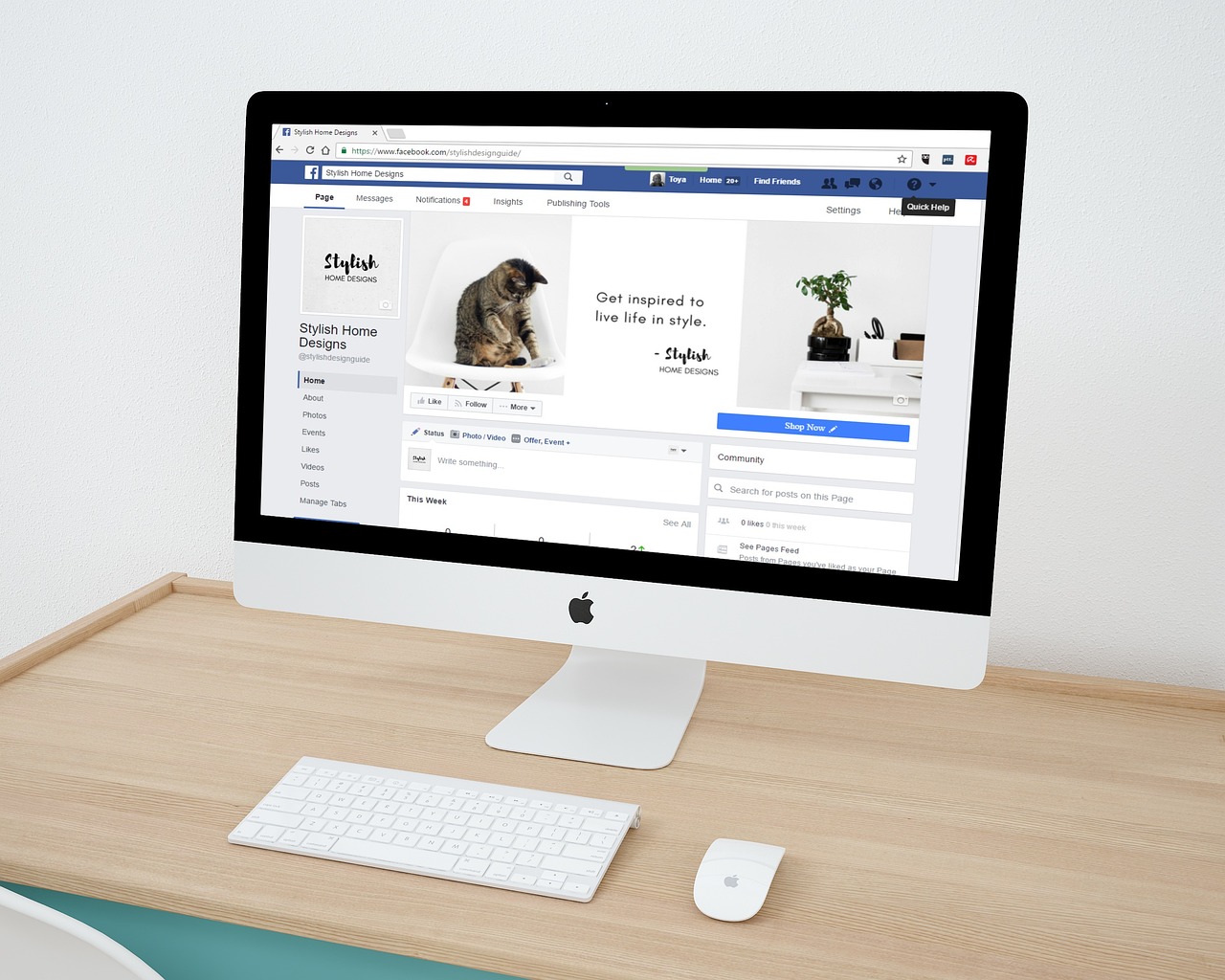AI is reshaping social media—from automated content creation to algorithm-driven growth strategies. Teens and young creators are eager to tap in, but parents ask the big question: Is AI-powered social media monetization safe—or risky?
The short answer: AI can help young creators grow and earn responsibly, but it also opens the door to scams, burnout, and unsafe exposure if not guided.
How AI Powers Social Media Monetization
- Content Creation: AI helps write captions, design posts, and edit videos.
- Growth Tools: Algorithms suggest hashtags, posting times, and SEO-friendly captions.
- Monetization Support: AI predicts trends, analyzes engagement, and suggests brand strategies.
- Automation: Scheduling and posting tools save time for creators.
For teens and beginners, these features make content creation easier than ever.
The Real Opportunities (When Used Safely)
- Creative Empowerment
- Kids can turn ideas into polished posts with minimal tools.
- Lowers entry barriers for learning digital skills.
- Earning Potential
- Sponsored content, ad revenue, and merch sales become accessible.
- AI helps creators manage consistency, which drives income.
- Skill Development
- Teens learn digital literacy, branding, and entrepreneurship.
The Risks Parents Should Watch
- Scams and Fake Promises
- “AI monetization tools” may trick young users into paying for fake growth.
- Over-Automation
- Too much AI use can make content feel fake or spammy, which hurts credibility.
- Privacy Concerns
- AI apps may collect sensitive data from kids and teens.
- Burnout and Pressure
- Monetization focus can push kids into over-posting or comparing themselves to influencers.
How Parents Can Guide Safe AI Monetization
- Teach Critical Thinking: Not all “AI growth hacks” are legit.
- Balance Automation with Authenticity: Encourage kids to add their personality to AI-supported content.
- Check Privacy Settings: Review app permissions before use.
- Set Limits: Monetization should not come at the cost of mental health or academics.
- Stay Involved: Watch trends together; help evaluate safe opportunities.
Tools That Can Be Safe with Guidance
- Canva AI → Simplifies graphic design for posts.
- ChatGPT → Helps brainstorm captions, but needs editing for personal style.
- TubeBuddy / VidIQ → AI analytics for YouTube growth.
- Buffer / Later → Scheduling tools to reduce time online.
AI & Social Media Monetization FAQs
Can kids really make money on social media with AI?
Yes, many teens earn through brand deals and ad revenue, but success takes consistency and creativity—AI only supports, it doesn’t guarantee income.
Is AI safe for kids on social media?
Yes, with parental guidance. Risks include scams, overuse, and privacy issues if left unchecked.
What AI tools are safe for teens to use?
Canva, ChatGPT, TubeBuddy, and Buffer are safer entry-level tools when supervised.
Can AI replace creativity in content creation?
No. AI can help brainstorm and polish, but authentic human voice drives real engagement.
What’s the biggest risk of AI in social media monetization?
Falling for scams or creating inauthentic, spammy content that hurts long-term credibility.
Final Word
AI can be a powerful ally for young creators exploring social media monetization. But without parental guidance, it can also lead to unsafe shortcuts, scams, or harmful habits.
👉 The best approach: AI as a tool + parental oversight + authentic creativity.
That combination lets kids and teens grow safely, responsibly, and sustainably in the digital economy.
Also Read: Do AI Thumbnails and Titles Boost Clicks or Hurt SEO?

